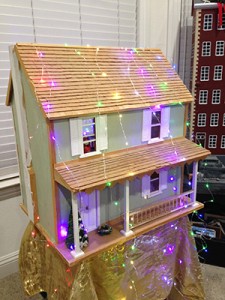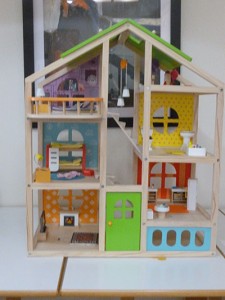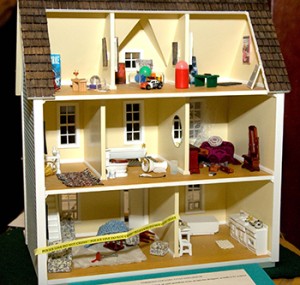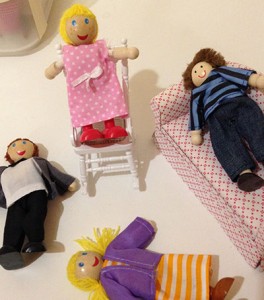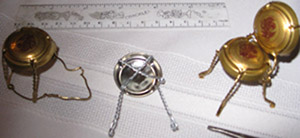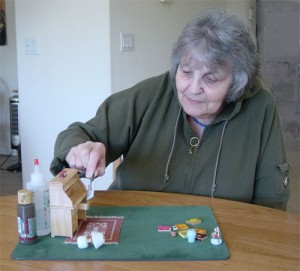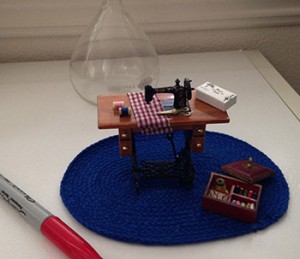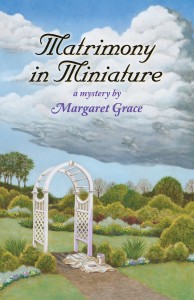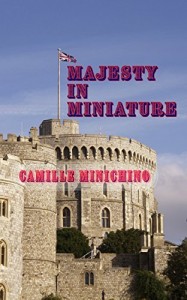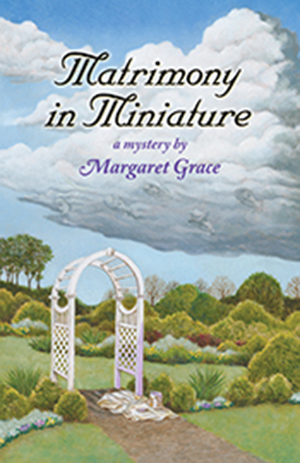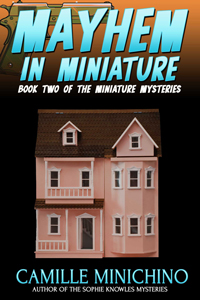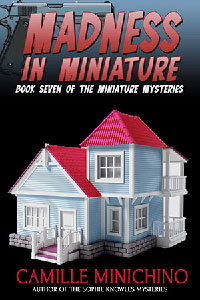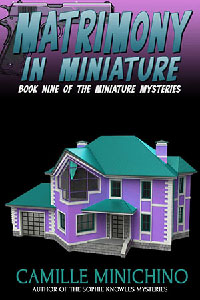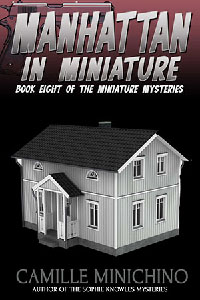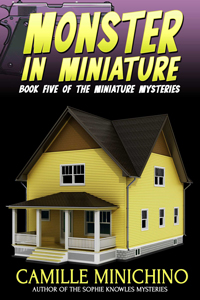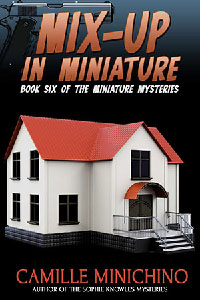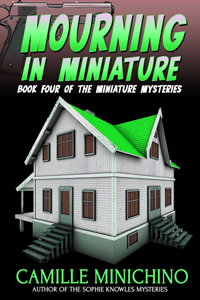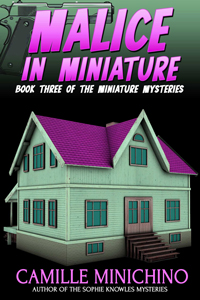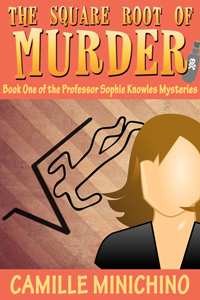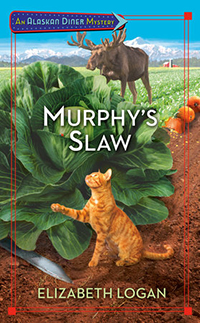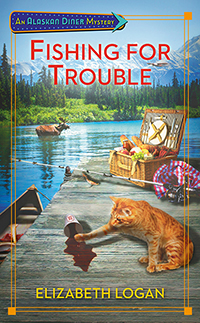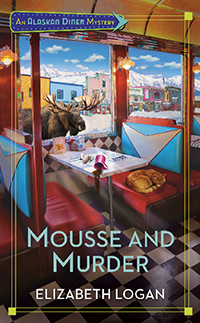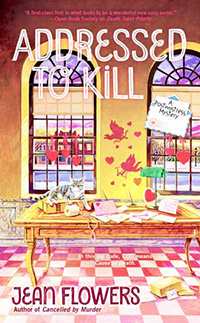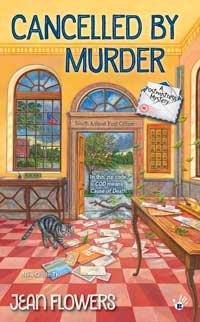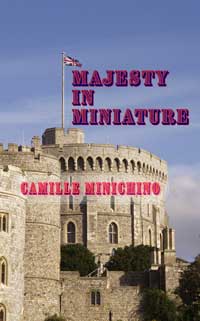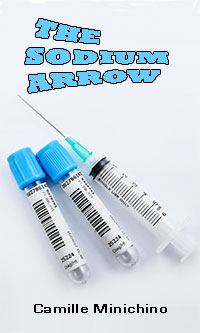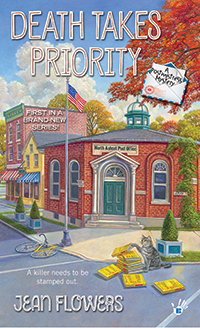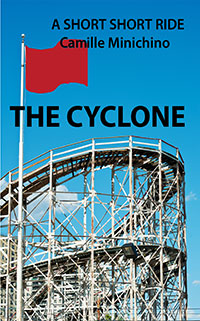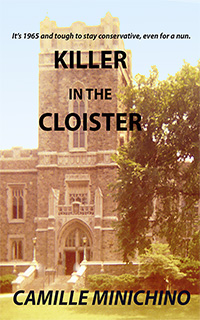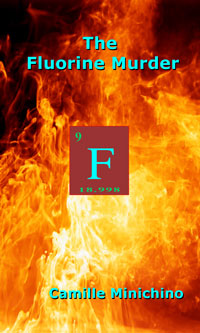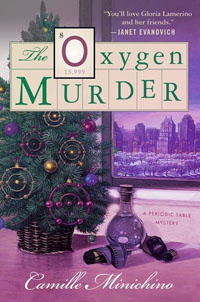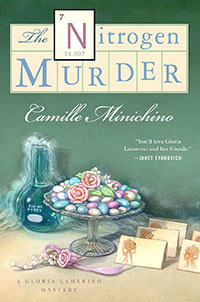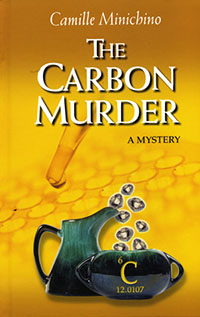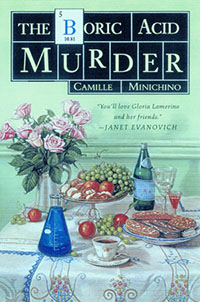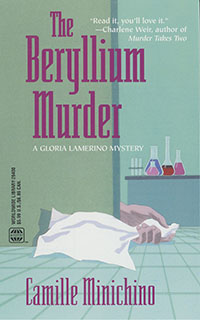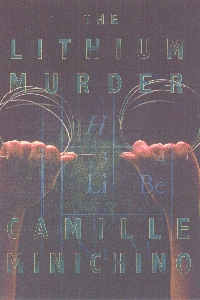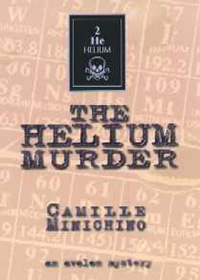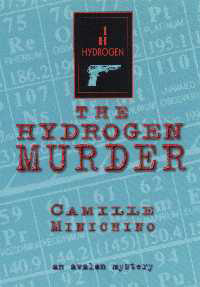Full Disclosure: part of this blog appeared on Lois Winston’s Killer Crafts and Crafty Killers blog earlier this month. Nothing wring with repurposing, right?
Who hasn’t thought of time travel? Reliving glory days, redoing a life-changing decision, or simply hanging around with your favorite historical figure. I might make a date with Abraham Lincoln, find out if he really did wear size 14 shoe.
Recently, I was offered the chance to go back in time – to 2008. Not as dramatic a trip as one requiring a whole new wardrobe, maybe even a bustle and a parasol. Its claim to fame: My first Miniature Mystery, cover shown here, was released in 2008. Murder in Miniature introduced miniaturist Gerry Porter and her precocious 10-year-old granddaughter Maddie. The book also includes a section of Tips for Miniatures, with ideas such as using rounded buttons as the feet on an upholstered chair; or the fluted metal top of a soda bottle as a mini pie plate.
I’m now cleared (long story) to reissue that book and 4 others in the series. The new cover will include a photo of my latest dollhouse project, shown here as a work in progress, with interior and exterior views. Once completely cleaned up and furnished, the house will be donated to a local school for its holiday raffle. Giving crafts projects away serves a dual purpose: raising money for a worthy cause, and making room for another project. Not to mention an excuse to shop for more supplies.
A little more about furnishing the house shown, which arrived as a fixer-upper from a writer friend. I rummaged through my many drawers, shelves, and messy boxes of stuff, as usual before I buy or make anything new. I found one of those pieces of fabric that come with an easy chair, the intended use being to protect the arm or the head rest of the chair from wear. Since I’m not that fussy about my life-size furniture, but I do always keep scraps, this meant-to-be carpet was a perfect fit for the living room (lower right). The paint brushes are there for scale, lest you think this is where I live.
I’ve also scattered other items: a folding chair and a coaster-cum-scatter rug in the bedroom (middle right); cans of food, barely distinguishable on the kitchen floor (lower left); and a mini slinky and kid’s chair in the attic.
This method of positioning pieces—here a stool, there a stool—is similar to the way I write a novel. Test out a word, a phrase, a plot twist and live with it for a while before committing.
Which is to say, I like crafts with moveable pieces and room for correctible errors!
 Filed Under :
Filed Under :  Oct.4,2018
Oct.4,2018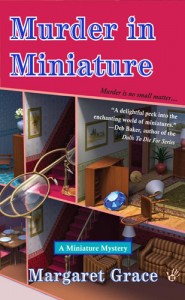
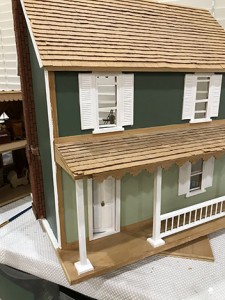
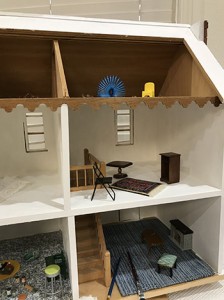
 Tags :
Tags : 
